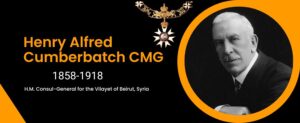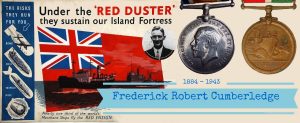Search
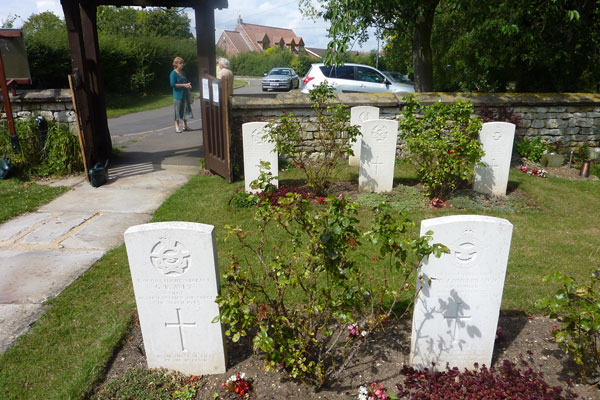
We Will Remember Them
St Swithuns WW2 Graves in Long Bennington, Lincolnshire contain six men but none from Lincs. Three were from Canada, one from Barbados and two from England. They were immaculately maintained by Mr George Hamblet for many years.
This is especially touching as none of the men were from Long Bennington. Three of the men were from Canada, one from Barbados and two from England. Normally, and at the request of the families, the bodies were transported to the areas where their families lived.
One of the graves belongs to Greystone Doyle Cumberbatch born St Lucy, Barbados in 1921.

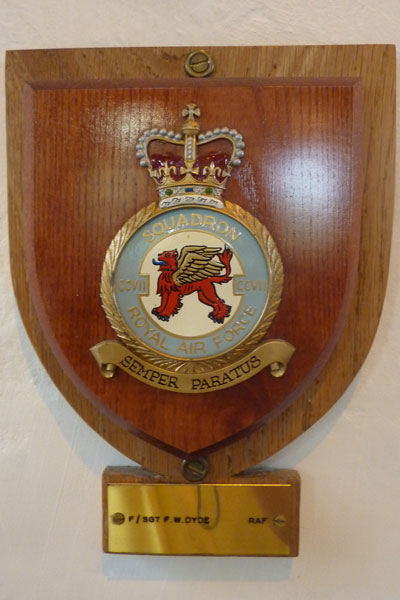

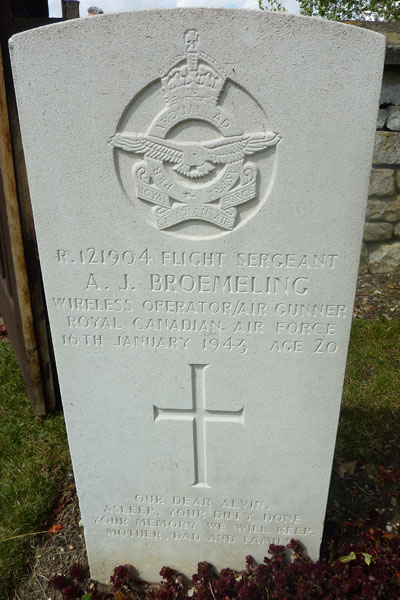

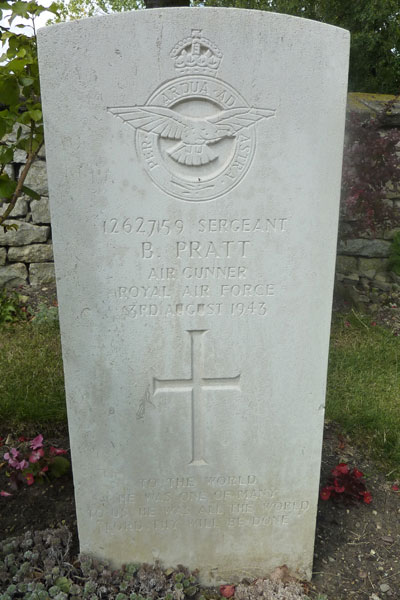
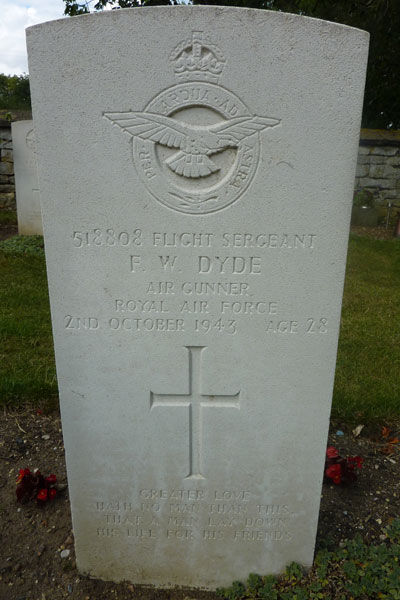



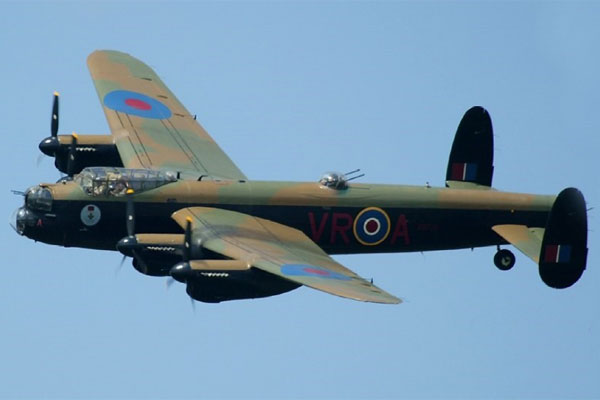

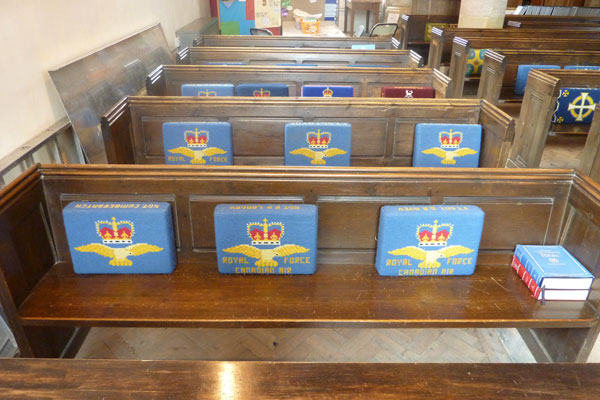

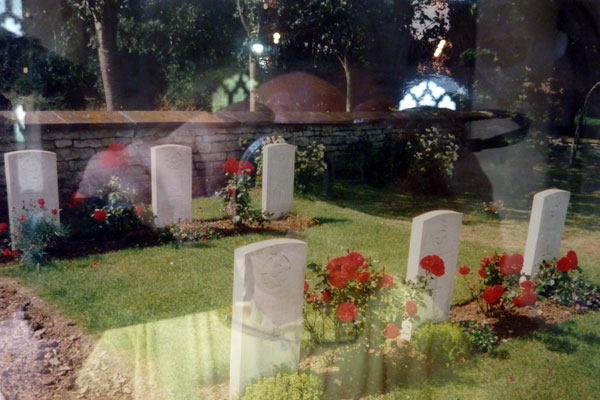
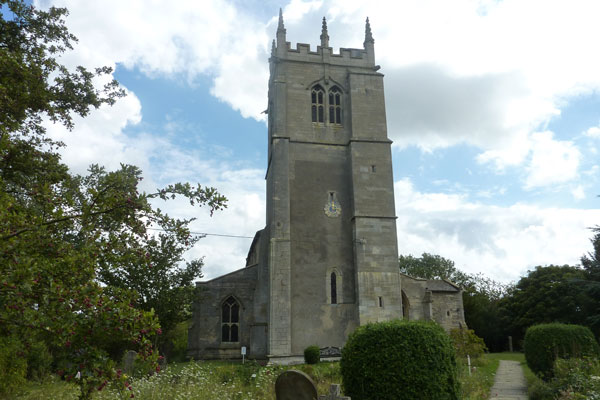
We Will Remember Them
[From a leaflet in St Swithun’s Church, Long Bennington, Lincolnshire, England]
This information is from George Hamblett’s pamphlet (Apr 2000) on the War Graves he tended at St Swithun’s for 30 [20?] years, until 2004. It is presented here as a tribute to those who gave all in the defence of freedom and with a prayer that one day God’s Kingdom and the Sermon on the Mount be reality for all people.
An important role in WWII was played out on Long Bennington’s doorstep; from November 1941 to the end of 1943, the village reverberated almost nightly to the roar of aircraft engines as the bomber squadrons took off from Bottesford (Normanton) and Balderton Airfields, to combine with squadrons from other airfields to attack targets across Europe. The regular contribution from Bottesford was 12 aircraft and from Balderton, 20.
Long Bennington’s inns, and its Village Hall, provided valuable relaxation for the many men and women who helped to repair and maintain the aircraft and the airfield – dances or entertainment shows were held at the Village Hall almost every night of the week – but for a small number the village also provided their last resting place. The six war graves in St Swithun’s Churchyard are a lasting memorial to the many airmen who lost their lives while taking part in operations from the local airfields, a memorial now supplemented by the dedication of pews and wall plaques inside the Church. On Battle of Britain Sunday, 22nd September 1991, two pews on the south aisle were dedicated to these airmen by the then vicar, Rev. Ron Amis, and plaques bearing their squadron badges were placed on the south wall. Kneelers for these pews, embroidered with the names of the airmen, were provided by the congregation.
The plaques were donated by Mr George Hamblett, of Long Bennington, who has voluntarily tended the graves for over 20 years [sic], on behalf of the Commonwealth War Graves Commission. During this time he has been in touch with relatives of some of the men and has added to our knowledge of the circumstances of their deaths. (1) Some notes had been compiled in the 1980s by the late George Cork, of Long Bennington (2) and other information on those men who had served at Bottesford was included in Vincent Holyoak’s book, “On the Wings of the Morning” (3) but George Hamblett’s account includes all six, with additional notes not included by George Cork.
The six graves mark the deaths of: – Flight Sergeant Gerald Russell Avey, Royal Canadian Air Force, from Norwich, Ontario – Flight Sergeant Alvin John Broemeling, RCAF, Air Gunner, from Provost, Alberta – Sergeant Grey Doyle Cumberbatch, RAF, Bomb Aimer, from St Michael, Barbados – Flight Sergeant Frederick William Dyde, RAF, from Broadway, Worcs – Flight Sergeant Rene Roger Landry, RCAF, Air Gunner, from Norman, Ontario – Sergeant Benjamin Pratt, RAF, Air Gunner, from Foots Cray, Kent
Only two of the six men were stationed at Bottesford at the time of their deaths, Sergeant Pratt, and F/Sgt Broemeling, both serving with 467 squadron, Royal Australian Air Force, but it is known that F/Sgt Dyde had served at Bottesford before 207 Squadron was transferred to Langar.
Flight Sargeant Alvin John Broemeling
F/Sgt Alvin John Broemeling was the unfortunate victim of a missing helmet. On the night of 16th/17th January 1943, he was the rear gunner on a Lancaster, based at Bottesford, taking part in a raid on Berlin; a few days earlier he had discovered that his flying helmet, [that] incorporated an oxygen mask, was missing from the locker room and he was issued with a replacement. Soon after take-off on the 16th he reported that the replacement helmet was unbearably tight. He was told to use the spare helmet carried on the aircraft, but this was fitted with an obsolete oxygen mask, without the inspiratory valve fitted to later models to prevent freezing. By the time the plane commenced its bombing run, at a height of 19,000 feet in temperatures around minus 50 degrees centigrade, Broemeling’s mask was frozen up. The skipper concentrated on his bombing run, but immediately his bomb load had been released he dived steeply to 8,000 ft, to below the need for oxygen masks, although they were still over Berlin’s heavy anti-aircraft defences. He set the aircraft on auto-pilot and did what he could for the now uncontious rear-gunner. The plane was hit twice by anti-aircraft fire, but managed to limp home and land safely at Bottesford, but F/Sgt Broemeling was reported to have been dead for several hours (4).
Flight Sergeants Rene Roger Landry and Gerald Russell Avey and Sargeant Greystone Doyle Cumberbatch
F/Sgts Rene Roger Landry and Gerald Russell Avey and Sgt Greystone Doyle Cumberbatch were 3 of a crew of 7 of a Lancaster bomber based at Waltham (Grimsby). All seven [six] were killed [one survived], on 5th March 1943, when their aircraft, returning from a mine-laying operation, attempted to land at Langar Airfield, in the Vale of Beaver [Belvoir], but overshot the runway and crashed and burnt out in a field near Plungar. There is no record as to why they were trying to land here rather than at their own base, but it was assumed that the plane had been damaged during its mission. The other 4 [3] members of the crew were buried elsewhere. (It was the general rule that next-of-kin of casualties were allowed to choose between a local military funeral or having the body transported home). (5) George Cork’s notes record that Mrs. Marie-Ann Landry, wife of F/Sgt Landry’s brother, had written to Rev. Ron Amis asking if photographs of her brother-in-law’s grave and the church could be sent to her. She acknowledged their safe arrival with sincere thanks.
Sergeant Benjamin ‘Mike’ Pratt
Sgt Benjamin ‘Mike’ Pratt was the rear gunner in a Lancaster of 467 Squadron, Royal Australian Air Force, based at Bottesford; on the night of 2nd/3rd August 1943. The aircraft, captained by P/O David Symonds, was taking part in the fourth of a series of concentrated raids on Hamburg. On each previous three nights, nearly 800 aircraft had been deployed and over 2,000 tons of bombs dropped on the target area, but this fourth raid was less successful owing to poor weather conditions, thunderstorms and severe icing had prevented the Pathfinder crews from marking the target area adequately. The crew had successfully bombed their primary target before turning for home, when their radar warning device signalled the approach of enemy aircraft. The attacking plane, a Ju 88 night-fighter, was driven off by return fire from the upper gun turret, but it was during this attack that Sgt Pratt was killed, by a single bullet entering his rear gun turret [clear vision panel and struck him on the head]. The aircraft landed safely at Bottesford, where it was discovered that the starboard rudder and starboard outer engine had also been damaged in the attack. P/O Symonds recorded that, after the funeral at St Swithun’s, he found Sgt Pratt’s mother waiting to speak to him. He wondered what to expect, but was relieved when she said “Mike always said, ‘Don’t worry Mum, Skip will always being me home’. Thank you for bringing him home to England. (6) The account of Sgt Pratt’s death is contained in the Operations Record Book of 467 Squadron as an additional note. It had at some time been removed from the Record Book and inadvertently been put between the pages of another book, so that earlier histories of the Squadron, in the absence of this information, had assumed that he had been a member of the crew of an aircraft which had crashed at Audlem, Cheshire, while on a training exercise, as this was the only aircraft from 467 lost on that date. (7)
Flight Sergeant Frederick William Dyde
F/Sgt Frederick William Dyde was the rear gunner in a Lancaster of 207 Squadron, based at Langar. On the night of 2nd October 1943, his aircraft was one of 11 Lancaster bombers of No 5 Group, RAF Bomber Command, detailed to take part in a night attack on Munich. As the first of these aircraft, with F/Sgt Dyde on board, commenced its take-off run it was noticed that the pilot head cover had not been removed and a flare was fired to abort the take-off. (The pilot head is a vertical tube, protruding from the wing, calibrated so that the airflow passing over it gives a measure of airspeed, it is normally covered when the aircraft is on the ground.) The engines were heard to ease off, but were then opened up again as the pilot realised that he could not stop before the end of the runway. Heavily laden with full bomb and fuel loads, the plane staggered into the air but at 50ft it stalled and dived into the ground, exploding on impact. All 7 aircrew, as listed below were killed: (8)
Pilot – F/O Archibald F Bremner. Age 24. From Glascow;
Flight Engineer – Sgt Robert M Appleton. Age 23. From Darlington;
Navigator – F/Sgt Roland R Woodhouse. Age 20. From Oldham;
Bomb Aimer – F/Sgt Arthur D Archer. Age 23. From Chingford;
Wireless Operator – Sgt John HV Horsley. Age 24. From Oldham;
Air Gunner – Sgt Arthur E Smith. Age 19. From Liverpool;
Air Gunner. – F/Sgt Frederick W Dyde. Age 28. From Broadway, Worcs.
These 7 young men, together with nearly 1,000 others who died while serving with 207 Squadron, are commemorated on a Roll of Honour which, along with the Squadron Standard, is on display in Leicester Cathedral. The Squadron, which had been based at Bottesford from November 1941 to September 1942, before moving to Langar, had been ‘adopted’ by Leicester during the war and its Standard laid up in the Cathedral when 207 was disbanded, in June 1984, after 60 years service. (9)
F/Sgt Dyde’s brother, Albert, and his niece Pauline, have both provided additional information concerning him. Born in 1915 at Ilmington, Warwickshire, his family moved to Saintbury Hill Farm, (near Broadway, Worcs), in 1926. He had joined the RAF in 1935/36 and for the first year of the war had been employed on the barrage ballon defences of London, transferring to aircrews in 1941. His 16 operational missions, some of which were flown from Bottesford before the 207 moved to Langar, included the first bombing attack on Italy.
A further memorial to the men of 467 Squadron has been planted at Long Bennington. The seven crew members of Lancaster LM311 died on 13th July 1943. They had brought their badly damaged aircraft home after a raid on Turin but it broke up on its final approach to the airfield and crashed and burnt out in a field south of Moor Lane, off Normanton Road. On 12th July 1998, a group of relatives and officials met at the site to plant a eucalyptus tree in memory of the men who died. Mrs Mildred Greenwood, widow of Sgt Jack Greenwood, the Flight Engineer, and his sister and brother were among the colleagues and relatives who attended the service. (10) On 15th August 1999, a plaque was placed by the tree, following a service at St Mary’s Church, Bottesford, at which a Roll of Honour, containing 241 names from 467 Squadron, Royal Australian Air Force, was dedicated in the presence of representatives from the Australian and Canadian high Commissions. (11)
Notes
(1) Notes, photographs and copies of documents in G Hamblett’s collection
(2) Typed notes compiled by G Cork, in G Hamblett’s collection
(3) “On the Wings of the Morning”; RAF Bottesford, 1941-1945; Vincent Holyoak, Leicester, 1995
(4) Ibid
(5) G Cork
(6) Vincent Holyoak
(7) Additional note provided by G Hamblett. Australian
(8) G Cork, with additional notes by G Hamblett
(9) G Hamblett
(10) Newark Advertiser, 28th July 1998
(11) Grantham Journal; 20th August 1999
Lest We Forget
This leaflet made into a poster, along with three photographs, has been hung on display on the south wall of the church near the memorial plaques and over the dedicated pews.


